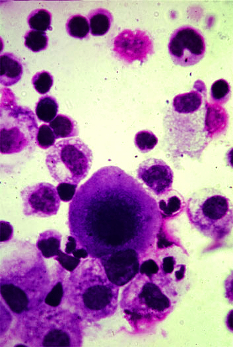'Low risk' cancers slip through cracks
 Experts say men diagnosed with ‘low risk’ prostate cancer are not being followed up properly.
Experts say men diagnosed with ‘low risk’ prostate cancer are not being followed up properly.
The ‘active surveillance protocol’ is often used to detect signs of prostate cancer progression while avoiding unnecessary treatment, but also to monitor men with low risk cancer.
“The recommended frequency for measuring prostate-specific antigen (PSA) levels ranges from every 3 to every 6 months, and the European Association of Urology guidelines acknowledge that the available evidence is inadequate for defining optimal timing,” says Associate Professor Sue Evans, Head of the Clinical Registry Unit, and Director of the Centre of Research Excellence in Patient Safety at Monash University.
“It is generally accepted, however, that the first follow-up biopsy should be undertaken within 12 months of diagnosis; the recommended timing of subsequent biopsies ranges from annually to once every 5 years.”
Researchers have analysed data for men diagnosed with prostate cancer between August 2008 and December 2014, aged 75 years or less at diagnosis, who were managed by active surveillance for at least 2 years.
The main outcome measure was adherence to an active surveillance schedule consisting of at least three PSA measurements and at least one biopsy in the 2 years following diagnosis.
“Of 1,635 men eligible for inclusion in the analysis, 433 (26.5 per cent) adhered to the active surveillance protocol,” they wrote.
“The significant predictor of adherence … was being diagnosed in a private hospital.
“Significant predictors of non-adherence included being diagnosed by transurethral resection of the prostate or transperineal biopsy rather than transrectal ultrasound biopsy (TRUS), and being 66 years of age or more at diagnosis.
“Active surveillance was not implemented according to published protocols in 73.5 per cent of men diagnosed with low risk prostate cancer in this Victorian cohort study.”
The reasons for the non-compliance “may reflect patient-, clinician-, and health service-related factors”, the authors wrote.
“If they are not being followed appropriately according to active surveillance protocols, men may miss the opportunity to be treated with curative intent.
“To improve adherence, a multifaceted approach may be required, including an education campaign that highlights the need for men to undergo regular PSA assessment and prostate biopsy,” they concluded.








 Print
Print